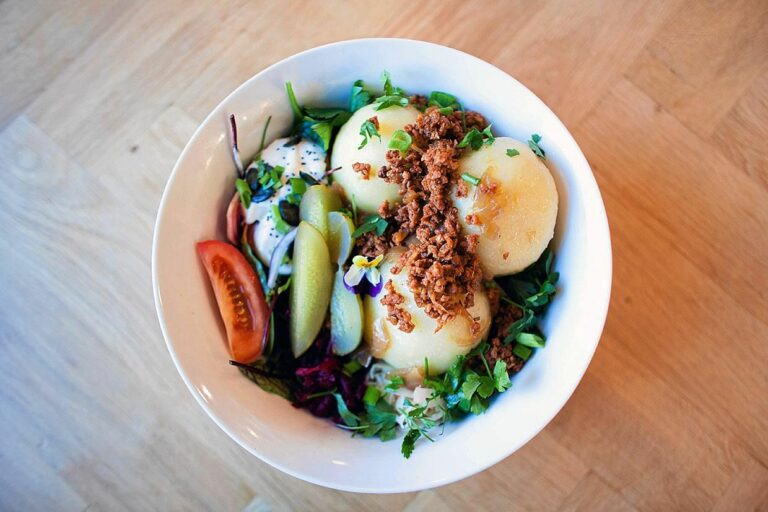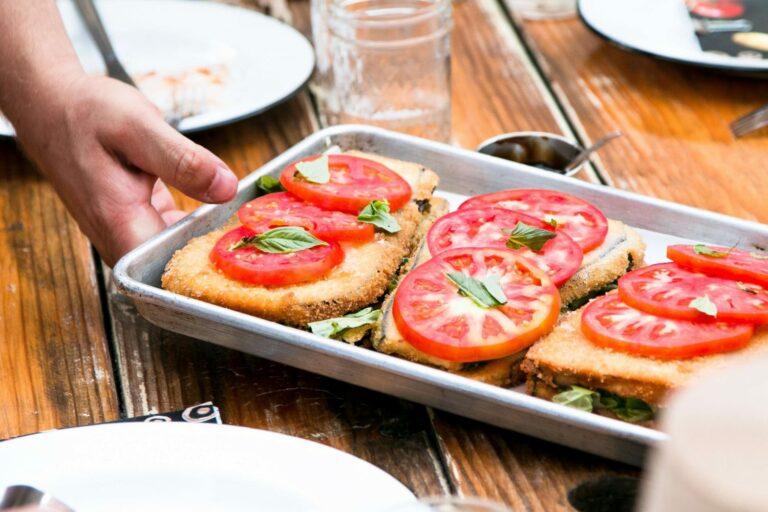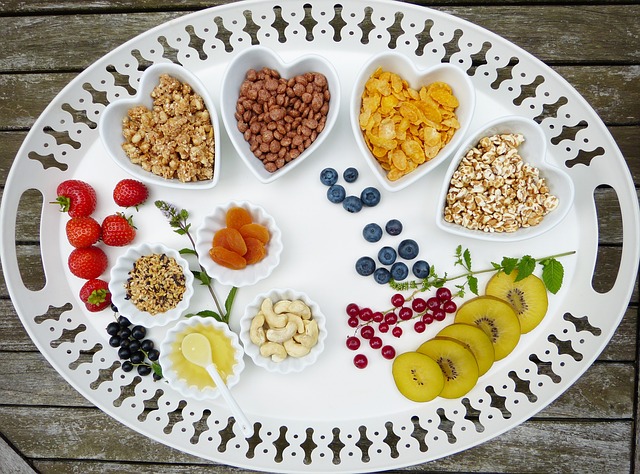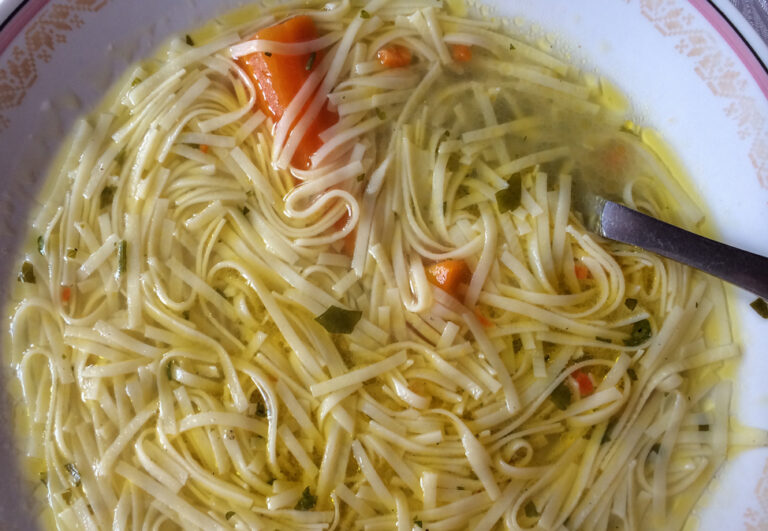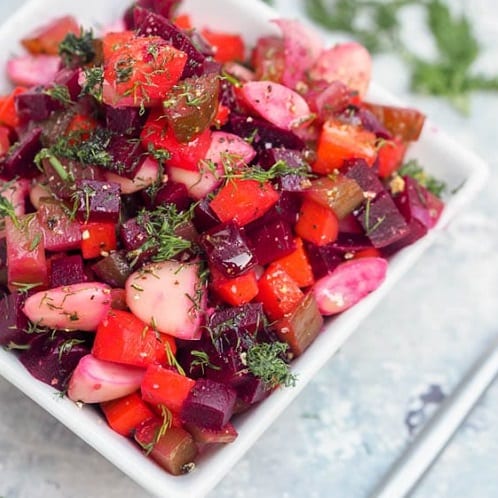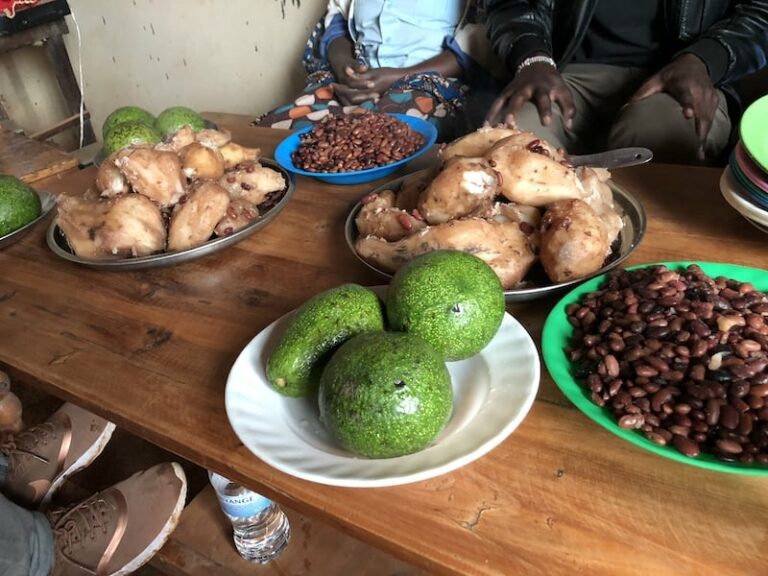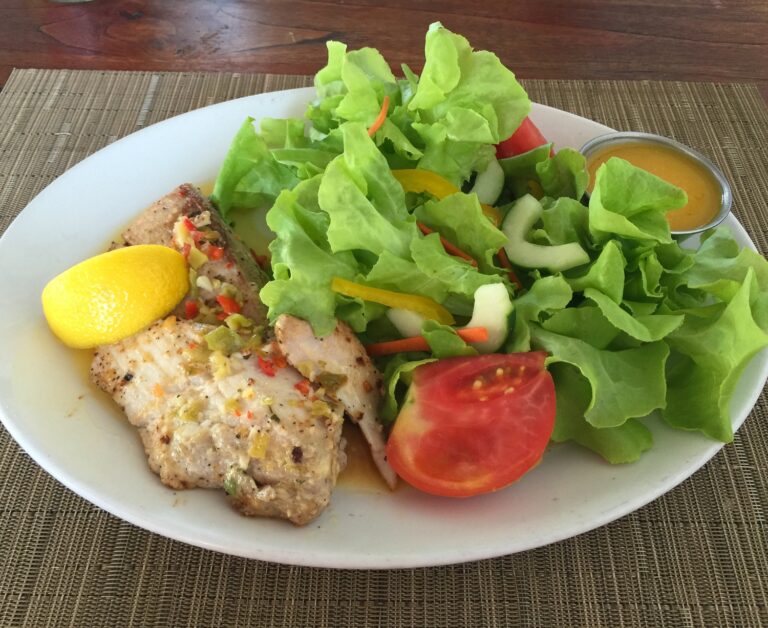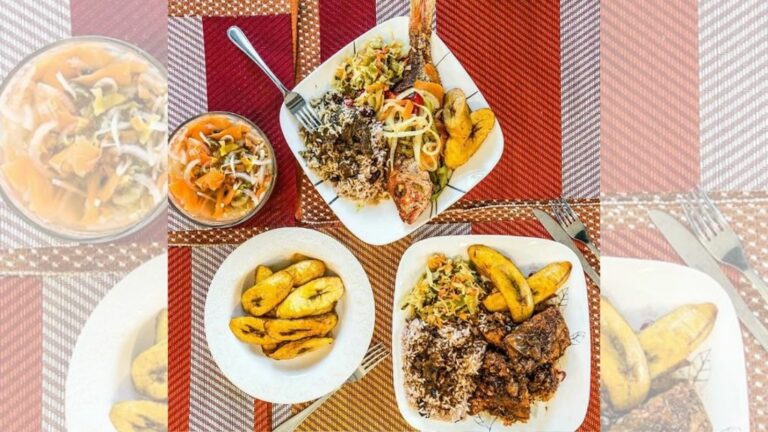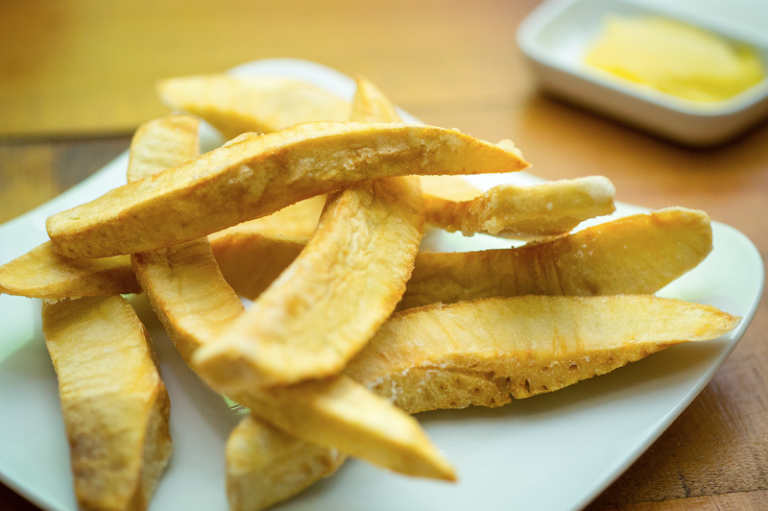Introduction: Dietary Restrictions and Filipino Cuisine
Filipino cuisine is known for its flavorful and hearty dishes that are often made with meat, seafood, and rice. However, for those with dietary restrictions such as gluten intolerance, vegetarianism, or a desire for a low-carb diet, finding suitable Filipino dishes can be a challenge. Fortunately, there are plenty of delicious options available that cater to various dietary needs.
Whether you’re a Filipino food lover looking for new dishes to try, or someone with specific dietary restrictions, this article will provide you with suggestions for gluten-free, vegetarian, vegan, and low-carb Filipino dishes.
Gluten-Free Filipino Dishes: Delicious Options for Wheat-Free Diets
For people with gluten intolerance or celiac disease, eliminating wheat and other gluten-containing grains from their diet is crucial. Fortunately, many Filipino dishes are naturally gluten-free, such as grilled or roasted meats, vegetables, and seafood.
Adobo is a classic Filipino dish that is naturally gluten-free. Made with chicken or pork, vinegar, soy sauce, garlic, and other spices, adobo is a flavorful and hearty dish that is perfect for those on a gluten-free diet. Another gluten-free option is sinigang, a sour soup made with tamarind, tomatoes, and vegetables. It can be made with either pork, shrimp, or fish, and is often served with steamed rice.
Vegetarian Filipino Dishes: Meatless Delights for Veggie Lovers
For vegetarians, Filipino cuisine may seem limited since many traditional dishes are meat-based. However, there are plenty of delicious vegetarian options available. One popular vegetarian dish is laing, which is made with taro leaves cooked in coconut milk and spices.
Another vegetarian option is ginisang monggo, a hearty soup made with mung beans, vegetables, and spices. This dish is often served with rice and is a popular comfort food in the Philippines. Lumpiang shanghai or spring rolls are also an excellent vegetarian option, made with vegetables and wrapped in a crispy pastry shell.
Vegan Filipino Dishes: Plant-Based Alternatives for a Healthier Diet
For those following a vegan diet, Filipino cuisine can be challenging since many dishes contain meat, fish, or seafood. However, with some modifications, many Filipino dishes can be made vegan-friendly.
One vegan option is ginataang kalabasa, made with squash, coconut milk, and spices. It’s a comforting and flavorful dish that is often served with rice. Kare-kare, a Filipino stew made with peanut sauce, vegetables, and meat, can be made vegan by substituting the meat with tofu or tempeh. Finally, tofu sisig is a vegan version of a popular Filipino dish typically made with pork. This vegan alternative is made with tofu, onions, chilies, and other spices, and is served sizzling hot.
Low-Carb Filipino Dishes: Tasty Options for Diabetics and Weight Watchers
For those who need to monitor their carbohydrate intake, Filipino cuisine may seem off-limits since many dishes are carb-heavy. However, there are plenty of low-carb options available that are both delicious and satisfying.
One low-carb option is grilled or roasted seafood, such as tilapia, bangus, or prawns. These dishes are often served with a side of vegetables or salad and are perfect for those on a low-carb diet. Another low-carb option is pinakbet, a vegetable stew made with squash, eggplant, okra, and bitter melon. It’s a healthy and flavorful dish that is often served with rice, but can be enjoyed on its own.
Conclusion: Enjoying Filipino Cuisine Despite Dietary Limitations
In conclusion, Filipino cuisine may seem challenging for those with specific dietary restrictions, but with some modifications or substitutions, many dishes can cater to various dietary needs. Whether you’re gluten-free, vegetarian, vegan, or on a low-carb diet, there are plenty of delicious options available to enjoy traditional Filipino cuisine. So, go ahead and explore, experiment, and discover the many flavors and textures of Filipino cuisine, regardless of your dietary limitations.


